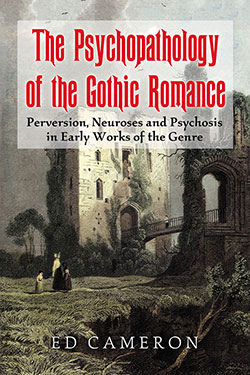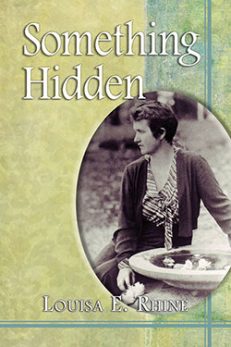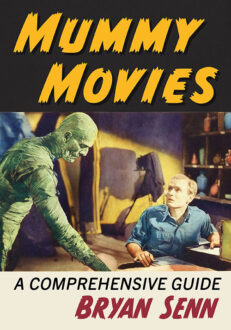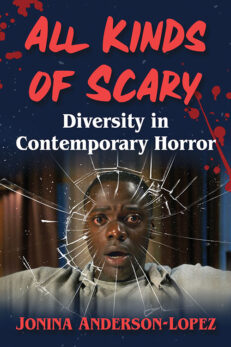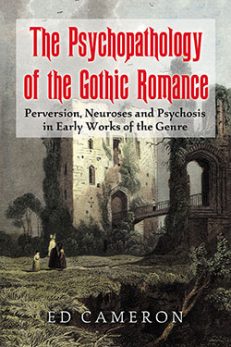The Psychopathology of the Gothic Romance
Perversion, Neuroses and Psychosis in Early Works of the Genre
$29.95
In stock
About the Book
This book uses clinical psychoanalytic theory to illustrate how early British Gothic fiction reveals undercurrents of psychopathological behavior. It demonstrates that psychological insights gained from Gothic romance anticipate the later scientific findings of psychoanalysis. Chapters consider the division of the Gothic novel’s critical reception between allegory and romance; how the structure of early British Gothic romance parallels Freud’s notion of the uncanny; the genre’s perverse origins in Walpole’s The Castle of Otranto; sexual differentiation and the parallel between development of Gothic romance an development of the psyche; Ann Radcliffe and the terror of hysteria; Matthew Lewis and obsessional neurosis; and the confusion between self and other in Hogg’s The Private Memoirs and Confessions of a Justified Sinner.
About the Author(s)
Bibliographic Details
Ed Cameron
Format: softcover (6 x 9)
Pages: 215
Bibliographic Info: notes, bibliography, index
Copyright Date: 2010
pISBN: 978-0-7864-4771-8
eISBN: 978-0-7864-6202-5
Imprint: McFarland
Table of Contents
Acknowledgments v
Introduction: The Gothic on the Couch 1
1. The Two-Headed Gothic Monster 11
2. Retrospective Fantasy and the Uncanny Structure of Gothic Romance 31
3. Horace Walpole and the Perverse Origins of the Gothic Romance 50
4. Sexual Difference and the Gothic Sublime 76
5. Ann Radcliffe and the Gothic Terror of Hysteria 107
6. Matthew Lewis and the Gothic Horror of Obsessional Neurosis 133
Conclusion: James Hogg, the Psychotic Doppelgänger, and the Foreclosure of the Gothic 156
Chapter Notes 169
Bibliography 195
Index 205
Book Reviews & Awards
“This view of Gothic is brilliantly argued, impeccably logical, and internally consistent… This is a book that all students of the Gothic should read.”—Gothic Studies; “intriguing…a significant achievement and a noteworthy addition to the study of the literature of the uncanny”—Irish Journal of Gothic and Horror Studies.

